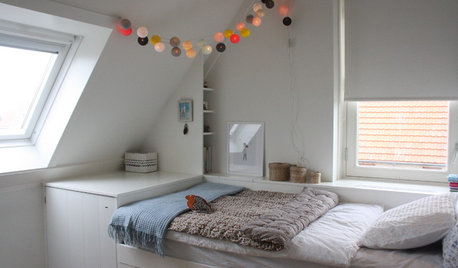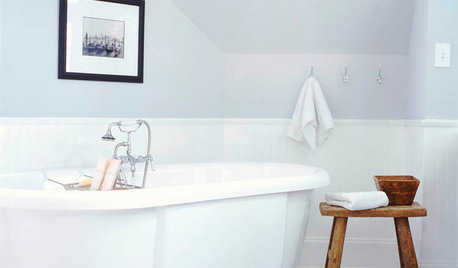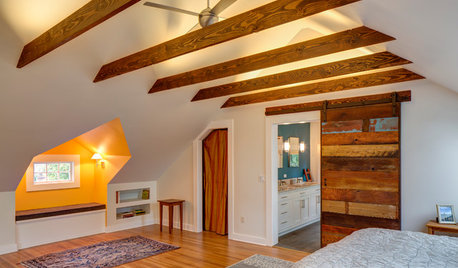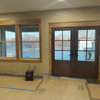Attic Insulation?
texasjerry
16 years ago
Related Stories

REMODELING GUIDESCool Your House (and Costs) With the Right Insulation
Insulation offers one of the best paybacks on your investment in your house. Here are some types to discuss with your contractor
Full Story
GREEN BUILDINGInsulation Basics: Heat, R-Value and the Building Envelope
Learn how heat moves through a home and the materials that can stop it, to make sure your insulation is as effective as you think
Full Story
WINDOW TREATMENTSEasy Green: 9 Low-Cost Ways to Insulate Windows and Doors
Block drafts to boost both warmth and energy savings with these inexpensive but effective insulating strategies
Full Story
GREEN BUILDINGEcofriendly Cool: Insulate With Wool, Cork, Old Denim and More
Learn about the pros and cons of healthier alternatives to fiberglass and foam, and when to consider an insulation switch
Full Story
MATERIALSInsulation Basics: What to Know About Spray Foam
Learn what exactly spray foam is, the pros and cons of using it and why you shouldn’t mess around with installation
Full Story
GREEN BUILDINGInsulation Basics: Designing for Temperature Extremes in Any Season
Stay comfy during unpredictable weather — and prevent unexpected bills — by efficiently insulating and shading your home
Full Story
GREEN BUILDINGInsulation Basics: Natural and Recycled Materials
Consider sheep’s wool, denim, cork, cellulose and more for an ecofriendly insulation choice
Full Story
ATTICS14 Tips for Decorating an Attic — Awkward Spots and All
Turn design challenges into opportunities with our decorating ideas for attics with steep slopes, dim light and more
Full Story
REMODELING GUIDESA Dark Atlanta Attic Welcomes a Light-Filled Bathroom
From architecturally quirky attic to sunny bathroom, this renovated space now has everything a growing family could need
Full Story
REMODELING GUIDESRoom of the Day: Storage Attic Now an Uplifting Master Suite
Tired of sharing a bathroom with their 2 teenage kids, this couple moves on up to a former attic space
Full StoryMore Discussions










rachelh
dallasbill
Related Professionals
Doctor Phillips Architects & Building Designers · Keansburg Architects & Building Designers · Calumet City Design-Build Firms · Harrisburg Home Builders · Somersworth Home Builders · Superior Home Builders · The Colony Home Builders · Browns Mills General Contractors · Gloucester City General Contractors · Owosso General Contractors · Roselle General Contractors · Saginaw General Contractors · Saginaw General Contractors · Signal Hill General Contractors · Torrington General ContractorstexasjerryOriginal Author
sierraeast
sniffdog
texasjerryOriginal Author
Ron Natalie
vancleaveterry
sierraeast
mightyanvil
jenanla
sniffdog
sniffdog
texasjerryOriginal Author
sierraeast
jenanla
texasjerryOriginal Author
sweeby
dan_dhrt